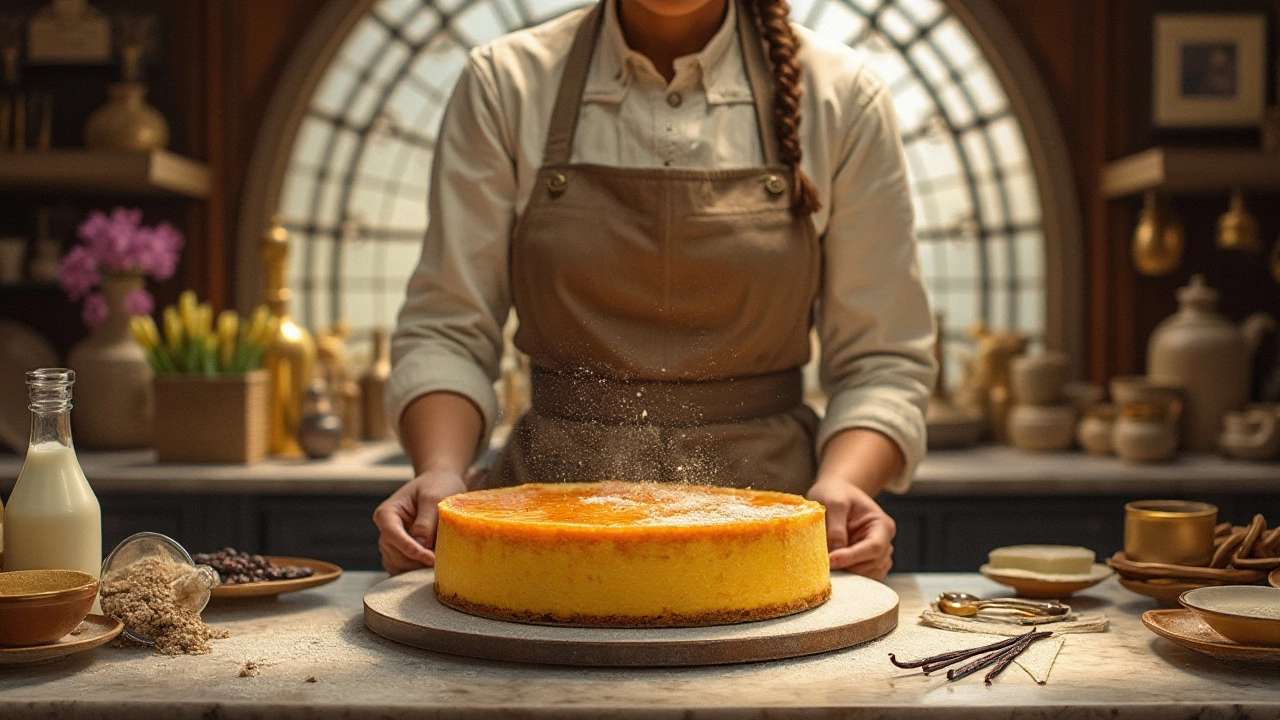
Biltmore Cheesecake is more than a dessert—it's a slice of history with every bite. While cheesecakes have been cherished across cultures for centuries, the Biltmore version stands out for its connection to the iconic Biltmore Estate, often celebrated for its lavish architecture and gardens. This cheesecake mirrors the elegance of its birthplace, boasting a rich texture and a delicate flavor balance.
For those wishing to replicate this luxurious treat at home, understanding its cultural significance and crafting techniques is essential. From selecting the right type of cheese to nailing the perfect crust, each step demands attention and passion. But fear not, as we delve into these secrets and offer tips to elevate your baking game, you will soon find yourself mastering the art of Biltmore Cheesecake.
- The Historical Roots of Biltmore Cheesecake
- Ingredient Highlights and Secrets
- Mastering the Baking Technique
- Creative Variations to Explore
- Perfect Pairings and Serving Suggestions
- Common Mistakes and How to Avoid Them
The Historical Roots of Biltmore Cheesecake
Nestled in the heart of North Carolina, the Biltmore Estate is America's largest privately owned home, built by George Washington Vanderbilt II in the late 19th century. This opulent mansion, with its awe-inspiring architecture and sprawling gardens, has long been a symbol of wealth and sophistication. Amidst its grandeur, the culinary traditions practiced in its kitchens have also gained historical significance and prestige.
The Biltmore Cheesecake emerged from this rich culinary heritage, originally created by the highly skilled chefs who crafted recipes fit for the Vanderbilt family and their distinguished guests. The dessert was designed to embody the opulence of the estate, using high-quality ingredients that were often sourced directly from the estate itself, known for its sustainable agriculture approach even in its early days.
Cheesecakes Through the Ages
Cheesecakes have an extensive global history, with origins tracing back to ancient Greece where they were served to athletes during the first Olympic Games. As they made their journey across Europe, different regions added their unique twists, eventually reaching the American shores. The Biltmore version, however, stands out for its distinctive blend of creaminess and flavor, believed to be influenced by both French and Southern culinary styles often found in the estate's kitchen repertoire.
A Taste of Elegance
The introduction of Biltmore Cheesecake reflects a blend of culinary art and architectural marvel, marrying taste with tradition. It's said that the cheesecake recipe was a well-kept secret among the Biltmore's chefs, each protective of their versions that adapted over time to reflect contemporary tastes and trends.
Today, the Biltmore Cheesecake isn't just a memory frozen in time; it's a living testament to the enduring charm of the estate's hospitality. Visitors who savor this dessert experience a taste that connects them to the history and legacy of one of America's treasures.
| Cheesecake Versions | Distinctive Ingredients |
|---|---|
| New York Style | Cream cheese, heavy cream |
| Biltmore Cheesecake | Local cream, Southern spices |
| Italian Ricotta | Ricotta cheese, citrus zest |
Ingredient Highlights and Secrets
The Biltmore cheesecake is renowned for its lush, creamy texture and subtle flavor notes that are both rich and sophisticated. Achieving this indulgence begins with choosing the highest-quality ingredients, each playing a pivotal role in the outcome of your dessert. Here, we uncover the key components that make this cheesecake a culinary masterpiece and tips to enhance your baking adventure.
Cheese Selection
At the heart of any cheesecake lies the cheese itself. For the Biltmore variety, embracing traditional cream cheese is essential. Opt for full-fat, high-quality brands as they contribute to the velvety richness that defines this cheesecake. Avoid reduced-fat alternatives, as they lack the same creamy texture and tend to result in a softer, less stable cake.
Cracking the Crust
The crust forms the foundation, quite literally, of a great cheesecake. Digestive biscuits or graham crackers are popular choices for the crust, offering a slightly sweet and hearty base. Crush them finely and mix with melted butter to bind it together. For a twist, add a pinch of cinnamon or nutmeg to infuse the crust with warm, aromatic notes.
Sweetness and Balance
Choosing the Right Sweeteners
Granulated sugar is often the go-to choice for sweetening the cheesecake batter. However, incorporating a touch of vanilla extract can add depth and complexity. Aim for pure vanilla extract rather than synthetic ones to maintain the dessert's authenticity.
Secrets of Smoothness
To achieve a creamy texture without any lumps, the cream cheese should be at room temperature before mixing. This allows for smooth blending and eliminates the risk of a grainy finish. Invest in a hand or stand mixer for uniform mixing, and avoid overbeating, which can introduce air bubbles that lead to cracking during baking.
The Power of Lemon
A hint of lemon juice and zest can elevate the flavor profile, offering a fresh counterbalance to the richness of the cream cheese. The acidity not only enhances taste but also helps in setting the cheesecake to achieve that perfect slice.
Additional Flavor Infusions
While the classic Biltmore cheesecake is delightful on its own, feel free to experiment with flavors like almond extract, or even a dash of espresso for coffee enthusiasts. A light dusting of cocoa powder atop the finished cheesecake can also introduce layers of taste and presentation appeal.
With these ingredient insights, the Biltmore cheesecake can transform from a fabled dessert into a staple of your kitchen repertoire—each bite a reminder of the grand elegance from which it was inspired.
Mastering the Baking Technique
Creating the perfect Biltmore Cheesecake involves a blend of precision, patience, and a touch of art. This isn't just a matter of mixing ingredients and setting a timer; it’s about understanding each step's role in achieving that unparalleled cheesecake texture and flavor.
Choosing the Right Ingredients
The foundation of any great cheesecake starts with its ingredients. For Biltmore style, using full-fat cream cheese is a must. This ensures the rich, creamy texture that the dessert is known for. Incorporate fresh eggs for stability and depth, and a splash of real vanilla extract to elevate its aroma and flavor profile.
The Art of Mixing
The mixing process is where many potential disasters lie. Overmixing can lead to a dense cake, whereas undermixing might leave lumps. Aim for a smooth batter by starting with room temperature ingredients. Beat the cream cheese alone first to ensure it's lump-free before adding sugar and other components. This step aids in achieving a uniform consistency.
Temperature Control
Baking temperature is critical for a Biltmore Cheesecake. It's all about a gentle, consistent heat. Preheat your oven to 325°F (165°C), ensuring it's thoroughly heated before the cheesecake goes in. A water bath—placing the cheesecake pan inside a larger pan filled with hot water—helps maintain gentle cooking, preventing top cracks.
Time and Patience
A Biltmore Cheesecake demands patience, both in baking and cooling. Start by baking it for about 50-60 minutes until the center slightly jiggles. Remember, the cheesecake will continue to cook in its residual heat once removed.
Perfect Cooling
The final secret to mastering this dessert lies in cooling. Once the baking is done, turn off the oven but leave the cheesecake inside with the door slightly ajar. This gradual cooling prevents drastic temperature changes that can cause cracks. Afterward, let it cool to room temperature, then refrigerate for at least 4 hours, or better overnight.
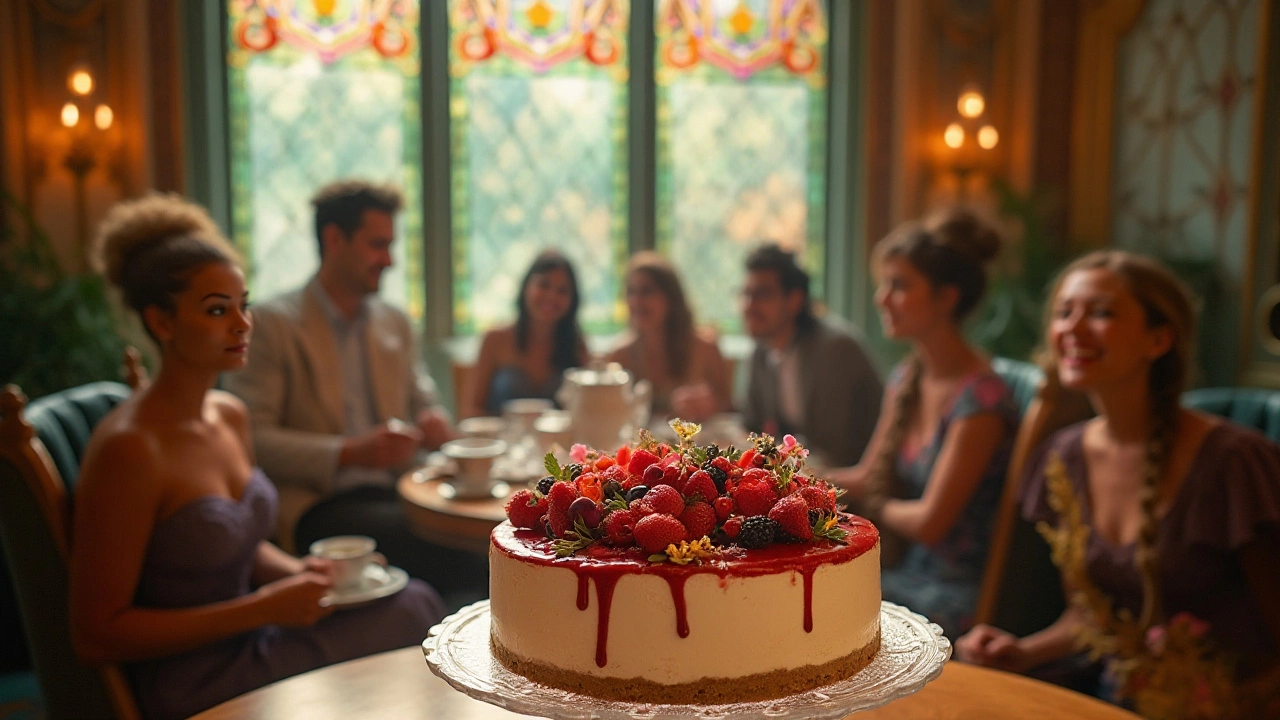
Creative Variations to Explore
When it comes to the world of Biltmore cheesecake, creativity knows no bounds. This famed dessert's rich and creamy texture serves as a perfect canvas for culinary innovation. Here, we venture beyond tradition to bring your cheesecake repertoire to new heights with delightful variations that remain grounded in what makes Biltmore cheesecake unique.
Flavors That Inspire
While the classic Biltmore version typically features standard flavors, infusing unique elements can add unexpected surprises. Consider folding in freshly sliced seasonal fruits like strawberries or peaches for an aromatic twist. For those favoring a more earthy flavor profile, a splash of matcha or espresso blends beautifully into the cheesecake batter, offering a sophisticated bitterness that complements its luscious sweetness.
Experimenting with Toppings
Toppings can swiftly alter the dessert's mood. A drizzle of rich caramel or dark chocolate ganache can elevate the indulgence factor, while a dusting of citrus zest adds a refreshing zing. Nuts—whether toasted almonds or pecans—introduce a crunchy contrast that’s delightful on the palate.
Whipped Layers
If you're feeling adventurous, consider piling a layer of flavored whipped cream atop your cheesecake. A whipped cream enriched with a hint of lavender essence not only smells divine but also cuts through the richness with its floral notes.
Cheesecake with a Twist
Another method to innovate is by playing with form. Consider mini individual cheesecakes for a charming presentation at gatherings, or create a marbled cheesecake by swirling in a berry or chocolate puree within the batter before baking.
Ethnic Inspirations
Borrow from global dessert traditions to give your Biltmore cheesecake an international flair. Incorporating a layer of pistachio paste or cardamom-infused syrup can transform it into a near-Middle-Eastern delicacy, weaving fragrant spices with creamy goodness.
With these creative variations, your cheesecake adventures are poised to astonish and delight, infusing the classic Biltmore richness with flavors that tantalize and excite.
Perfect Pairings and Serving Suggestions
Pairing your Biltmore cheesecake with the right accompaniments can elevate the dessert into a truly memorable experience. Achieving this perfect pairing is both an art and a science, and it's about balancing the cheesecake's creamy texture and subtle sweetness with complementary flavors and textures.
Pairing Wines and Beverages
A glass of wine or a well-chosen beverage can enhance the flavors of your cheesecake. For a classic touch, a chilled glass of Champagne or a sparkling white wine like Prosecco brings a lively crispness that cuts through the cheesecake's richness. If you prefer something with a bit more body, opt for a sweet dessert wine such as a late-harvest Riesling or Sauternes. These wines' honeyed notes can add a luxurious layer to the overall tasting experience.
If you lean towards non-alcoholic beverages, try pairing with freshly brewed tea—Earl Grey or a light Darjeeling offer sophisticated notes that complement the cheesecake without overpowering it. For coffee aficionados, a mild roast or a latte can provide a smooth contrast to the density of the cheesecake.
Side Dishes and Garnishes
A few carefully chosen side dishes can successfully round out your cheesecake presentation. Fresh berries, such as strawberries or raspberries, add a vibrant color and a slight tartness that contrasts beautifully with the cheesecake's creaminess. Dust the berries lightly with confectioners' sugar for a touch of elegance.
If you're feeling adventurous, a fruit compote made from seasonal fruits like rhubarb or apricot can add a delightful tang and a splash of color to your plate. Alternatively, a dollop of lightly whipped cream or a swirl of caramel or chocolate sauce can offer a sumptuous addition.
Tablesetting Tips
The visual appeal of your dessert setting is almost as important as the flavors themselves. A rustic wooden board or a sleek marble slab can offer a modern backdrop for serving. Don't forget to consider the lighting—it can dramatically affect the look of your cheesecake. A soft, warm light will enhance the rich hues of the dessert, making it even more appetizing.
A thoughtfully paired beverage, an eye-catching garnish, and a well-set table create a moment of indulgence that's hard to resist. Your Biltmore cheesecake will not only look stunning but also captivate every taste bud with its perfectly balanced accompaniments.
Common Mistakes and How to Avoid Them
Baking the perfect Biltmore Cheesecake often comes with its fair share of challenges. Even seasoned bakers find themselves grappling with a few common pitfalls. Let's dive into these pitfalls and learn how to sidestep them skillfully.
Overmixing the Batter
One of the most frequent errors is overmixing the cheesecake batter. While it might seem logical to beat it to a smooth consistency, too much mixing incorporates excess air into the mixture, leading to an uneven or cracked surface.
How to Avoid: Mix on a low speed and stop as soon as the ingredients are just combined. This results in a velvety texture typical of a luxurious Biltmore Cheesecake.
Incorrect Oven Temperature
Temperature plays a crucial role in the cheesecake's final outcome. An oven that's too hot can cause the cake to cook unevenly or crack.
How to Avoid: Preheat your oven and use an oven thermometer to ensure accuracy. Bake your cheesecake at around 325°F (163°C) for best results. A water bath can also aid in providing a gentle cooking environment.
Skipping the Water Bath
Many amateur bakers skip the water bath due to its perceived complexity, but it's a game-changer for achieving a creamy, evenly baked cheesecake.
How to Avoid: Wrap your springform pan in a few layers of foil and place it in a larger pan. Fill the outer pan with hot water up to halfway up the sides of the springform pan. This method ensures gentle, even cooking, reducing the risk of cracks.
Not Letting the Cake Cool Properly
Once the cheesecake is out of the oven, impatience can lead to undermining its texture by cutting into it too soon.
How to Avoid: Allow the cheesecake to cool gradually. Start by leaving it in the turned-off oven with the door slightly ajar. Then, transfer it to a cooling rack before finally refrigerating it for at least four hours, preferably overnight.
Forgetting to Remove Air Bubbles
Small air bubbles can mar the cheesecake's smooth and luscious appearance.
How to Avoid: After pouring the batter into the pan, gently tap it on the counter to release any trapped air bubbles. You can also run a toothpick through the surface to help burst them.
By being attentive to these common mistakes and their solutions, you can elevate your cheesecake from basic to Biltmore, ensuring each creamy bite is a testament to your baking prowess.


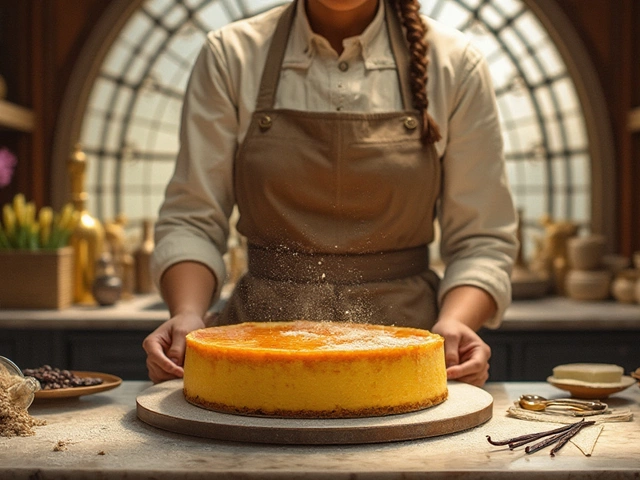
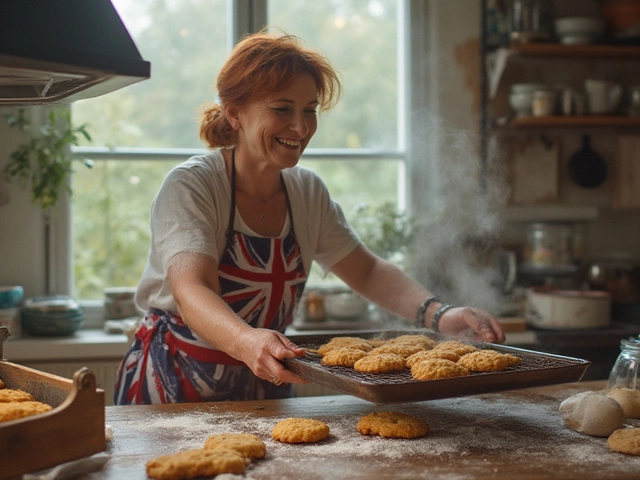
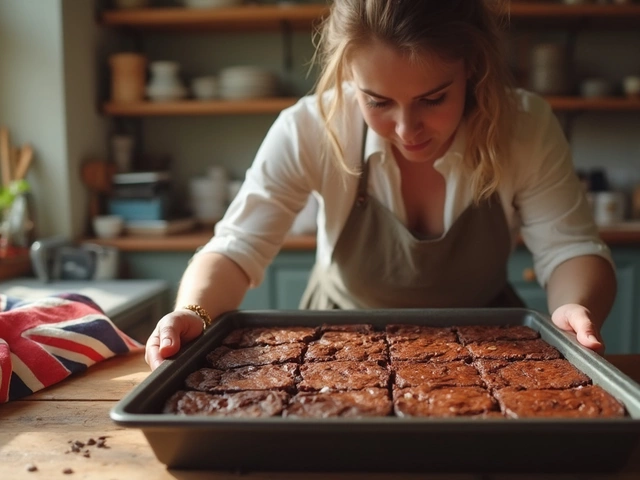
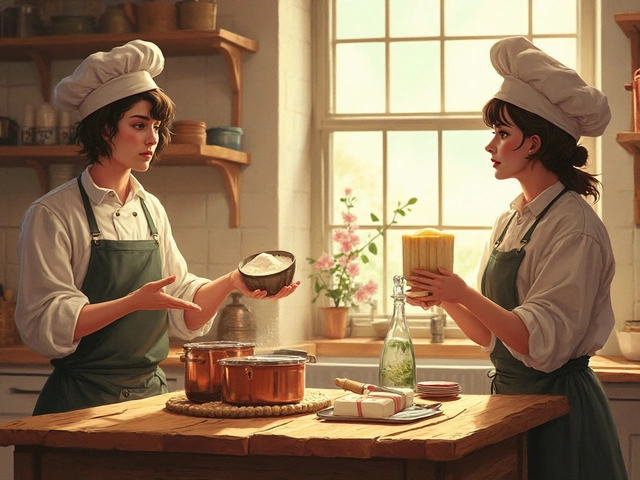
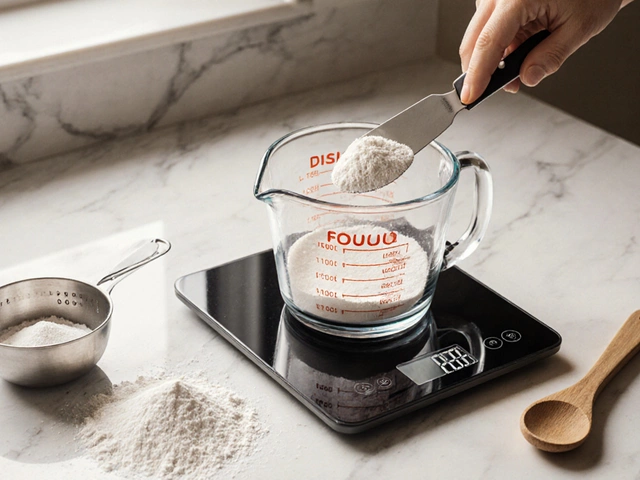
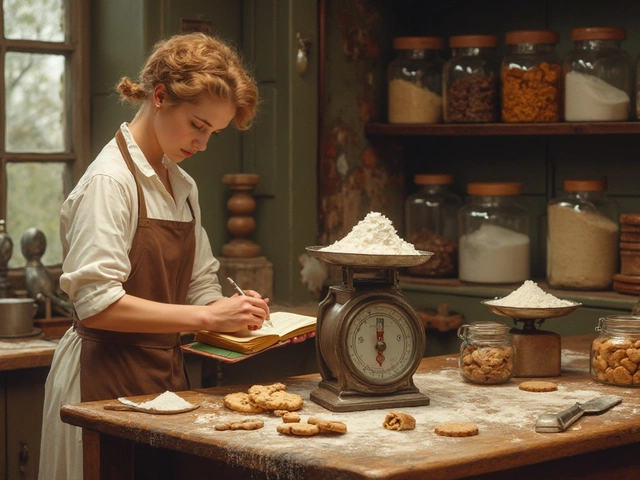
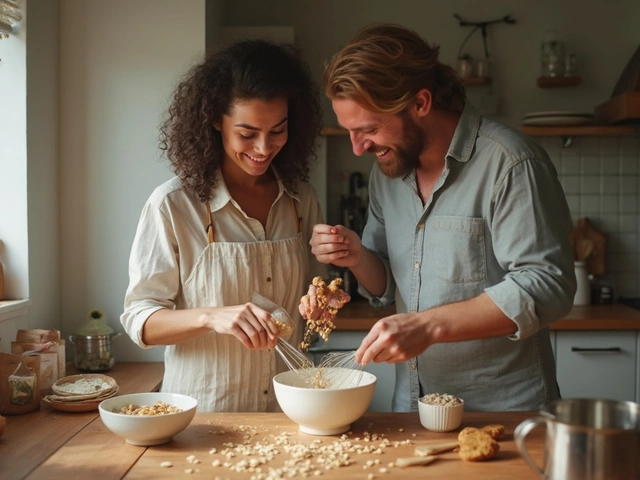
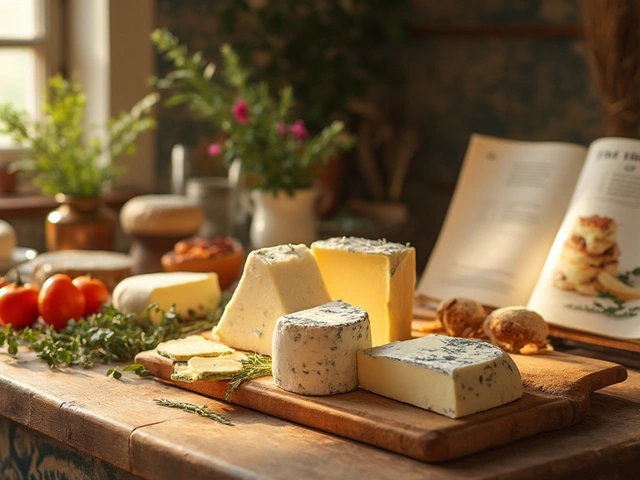
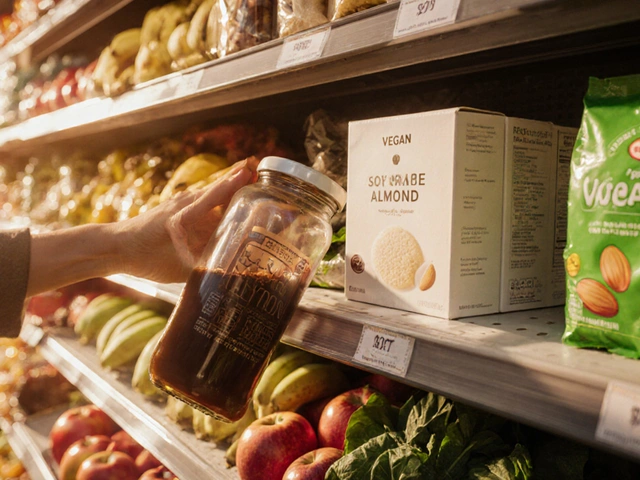
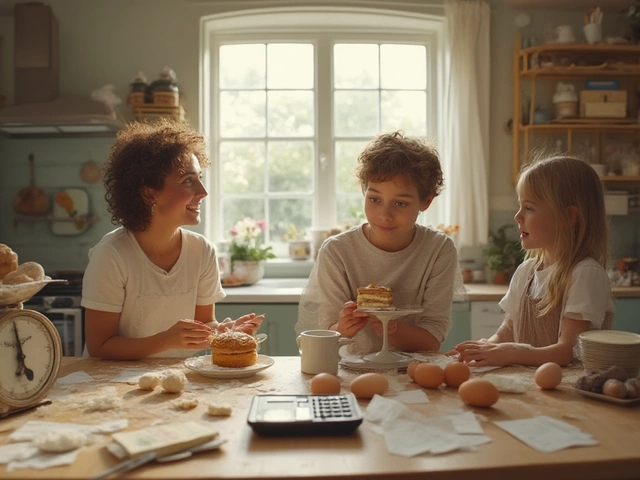
Write a comment